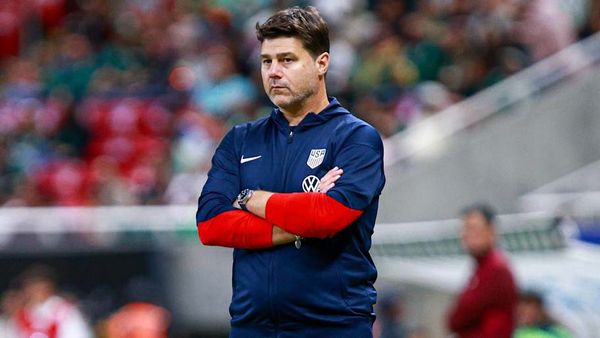Prices for gasoline have been easing in recent weeks, according to data compiled by the American Automobile Association.
But while less pain at the pump is at least some relief for drivers, the declines are unlikely to match the recent slide in oil prices.
After Russian President Vladimir Putin’s invasion of Ukraine in late February, oil prices shot up on fears one of the world’s largest exporters would go offline.
True to form, gasoline prices followed in short order, reaching a national average for regular of $4.33 a gallon on March 11, according to the American Automobile Association.
In the weeks since peaking, gasoline prices have fallen, with the national average now at $4.10 as of April 12, according to the AAA.
In more than 30 states the average price of regular gasoline is under $4 a gallon, still much higher than a year ago, but less of a sticker shock for consumers.
But a decline in gasoline prices of about 5% is far less than the decline in oil prices, of around 20% since their peak on March 8, according to Energy Information Administration data.
Rockets and Feathers
It's an effect known as "rockets and feathers," Tim Quinlan, senior economist at Wells Fargo, said.
"It kind of follows a pretty typical pattern," Quinlan told TheStreet. "When oil prices rise, gas prices soar with them. When oil prices come back down, retail gas prices are much slower to fall in price."
At its heart, the issue has to do with how the prices for oil and gasoline are set.
Researchers at the Federal Reserve Bank of St. Louis found that while crude oil prices are determined in a "more-or-less centralized market, retail gasoline prices vary by season and by location, depending on supply, demand, inventories, regulations and — in particular — taxes."
Decisions about how much to charge for gasoline are made at a much more localized level, in response to specific retail competition across the street or nearby.
In addition, gasoline pricing can vary depending on what day a delivery is made.
"Over a period of months and years gasoline prices and oil prices move in lockstep," said Cutler Cleveland, a professor at the institute for sustainable energy at Boston University. "It's really on the order of days and weeks where there can be any significant divergence."
Cleveland said that gas station operators are slow to cut prices in part because they can be, but also because "they’re not exactly sure what’s going to happen in a few days or a week when they have to refill their tanks."
In periods of increased volatility for oil prices, that means it will be longer before gasoline prices return to more normal levels.
Good News
"There’s nothing quite like standing there at the pump and watching the 'tick tick tick' price go up," Quinlan said. "Your good mood and consumer confidence evaporate."
The irony, according to Quinlan, is that consumers get more gas for an hour's pay than they did during the last big surge in energy prices in 2008.
"With one hour of work you can buy 40% more than during the last pinch," he said, while acknowledging that "nobody wants to hear that."







